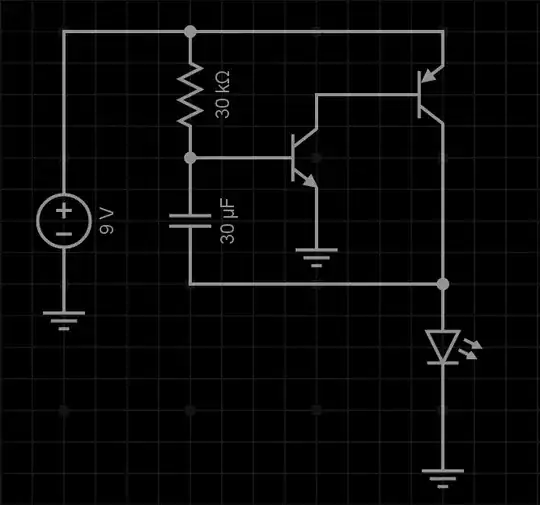I've started learning about transistors and I've created this circuit. The circuit works, I'm just trying to understand how exactly it's working.

From what I can understand, the absence of current flowing through the PNP transistor's base will result in current flow from emitter to collector through the PNP transistor. The small amount of current present at the NPN transistor's base after passing the resistor will cause the PNP transistor to switch to the off state and the current will flow from collector to emitter.
What I don't understand is why the capacitor is used, what happens to the current when it gets to the junction between the PNP transistor's collector/the end of the diode/the capacitor and how the oscillations occur. Is it from very fast switching between the PNP transistor's on/off state and the NPN transistor's on/off state?

